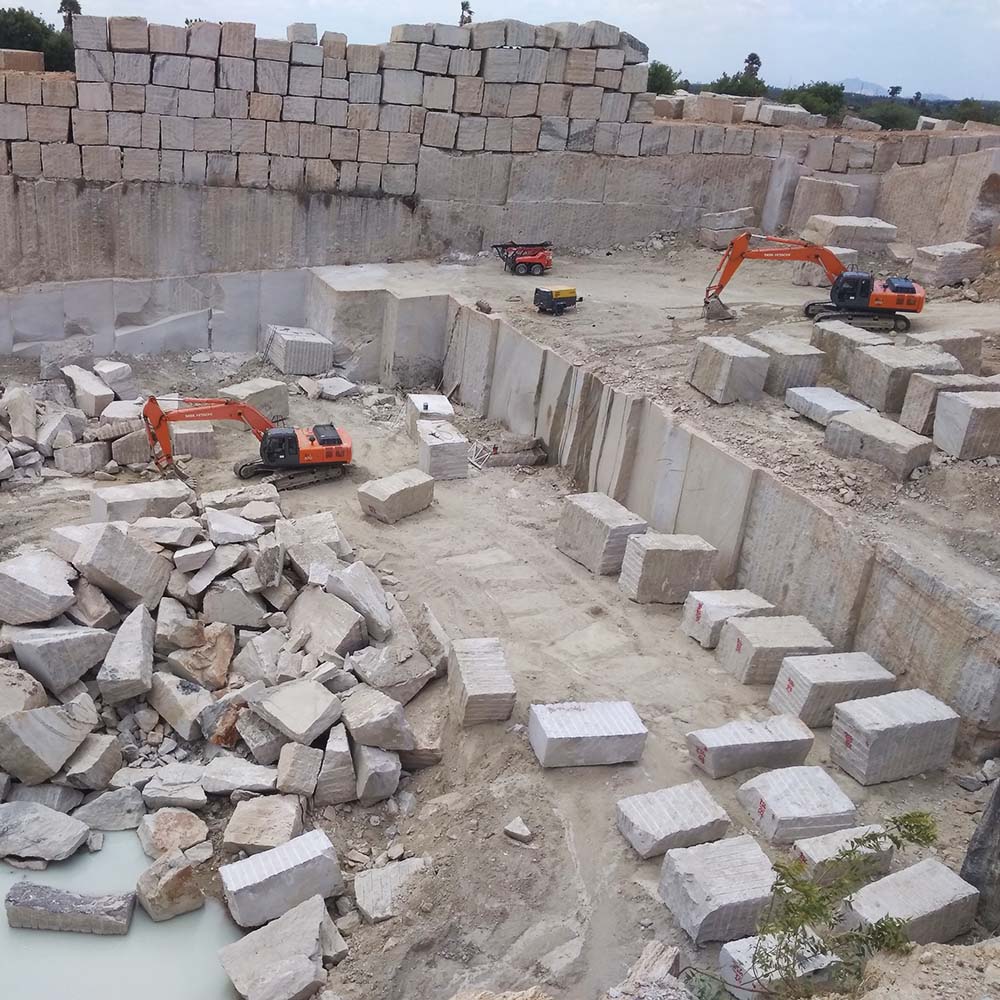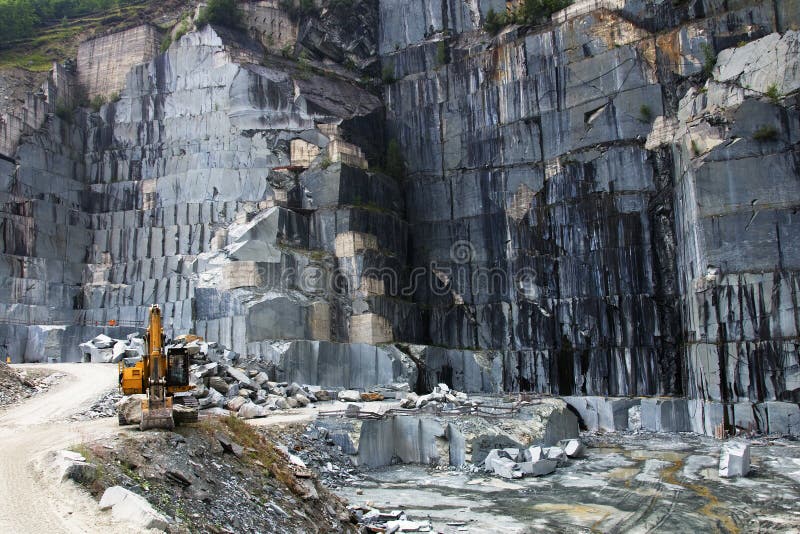Granite Quarries in South Africa Wonders: Discovering the Quarry Landscape
Granite Quarries in South Africa Wonders: Discovering the Quarry Landscape
Blog Article
Unearthing the Rich Background and Sustainable Practices of Granite Quarrying
As we base on the precipice of revealing the intricate tapestry of granite quarrying, a journey with time exposes not just the physical act of extracting rock however likewise the social and historical relevance woven into the really material of this technique. From the old origins that laid the foundation for modern-day quarrying techniques to the lasting techniques that are shaping the future of this industry, each sculpt mark on granite surfaces narrates waiting to be uncovered (granite quarries in south africa). The tradition of granite quarrying extends far beyond simple extraction; it is a testament to human resourcefulness, durability, and the long-lasting attraction of this impressive rock
Old Origins of Granite Quarrying
Dating back to ancient worlds, the technique of quarrying granite has been an important component of human history and architectural advancement. The earliest proof of granite quarrying dates back to ancient Egypt, where huge pyramids and detailed sculptures were crafted from this resilient stone. The Egyptians made use of primitive tools to remove granite blocks from quarries, showcasing the value of this material in their significant building and constructions.
Progressing in background, the Greeks also made significant contributions to the quarrying of granite. The Greeks made use of granite in different building marvels, such as holy places and statuaries, demonstrating their skill in shaping and sculpting this durable stone. The Romans even more refined the techniques of quarrying granite, utilizing advanced devices like blades and hammers to extract and shape granite for their famous structures.
With the centuries, the practice of quarrying granite has actually advanced, with contemporary innovations boosting effectiveness while keeping the classic appeal of this all-natural rock - granite quarries in south africa. From ancient people to modern builders, the tradition of granite quarrying proceeds to form our world
Development of Quarrying Methods
The development of quarrying strategies has been noted by a continuous progression in the direction of greater efficiency and precision in removing granite. From the fundamental techniques employed by our ancestors to the advanced modern technologies used in modern quarrying operations, the market has actually undergone significant innovations. Early quarrying techniques included manual work with basic tools such as blades, hammers, and wedges to draw out granite blocks from the earth. As worlds proceeded, techniques like fire-setting and primitive explosives were introduced to promote the removal procedure.
In more current times, the development of machinery changed the quarrying sector, enabling quicker removal rates and enhanced productivity. Technologies such as diamond cable saws, high-pressure water jets, and pneumatically-driven drills have come to be standard in modern-day quarries, permitting for specific cutting and minimized waste. Furthermore, developments in computer-controlled devices and 3D modeling have actually enhanced quarrying procedures, resulting in very little ecological effect and improved sustainability techniques. As the need for granite remains to increase, the advancement of quarrying strategies continues to be important to meeting industry requires efficiently and sustainably.
Social Value of Granite
Granite holds an extensive social importance throughout different people due to its long-lasting existence in architectural masterpieces and revered monoliths. The cultural importance of see this granite extends beyond its physical characteristics; it embodies resilience, security, and timelessness, making it a symbol of sustaining traditions and traditions.

Sustainable Practices in Quarrying
In the middle of the abundant history of granite quarrying and its social value lies a growing emphasis on lasting practices within the sector. As ecological understanding and concerns concerning source exhaustion have check it out increased globally, the quarrying industry has actually progressively accepted lasting techniques to decrease its influence on the setting and surrounding neighborhoods.

Moreover, reclamation and rehabilitation of quarry websites post-extraction are essential to sustainable practices. By recovering quarried locations to a natural or valuable state, such as producing wildlife habitats or recreational rooms, quarriers can offset the environmental impact of their operations and contribute favorably to the local environment.
Heritage of Granite Quarrying
With a historical backdrop soaked in workmanship and industrial development, what withstanding effect has granite quarrying left on the landscape of modern-day society? The heritage of granite quarrying transcends plain extraction methods; it has formed architectural wonders, city landscapes, and social heritage worldwide. The durable nature of granite has made it a recommended option for monuments, buildings, and framework, standing as a testament to the ability and virtuosity of quarry workers throughout generations.
Furthermore, the financial impact of granite quarrying can not be forgotten. The industry proceeds to supply job opportunity and drive neighborhood economic climates in areas where granite removal prevails. It has likewise stimulated technological advancements in quarrying methods and equipment, resulting in more effective and sustainable methods.
In terms of sustainability, the legacy of granite quarrying includes efforts to mitigate environmental influences through improvement tasks and responsible resource administration. By stabilizing financial interests with environmental stewardship, the market makes every effort to ensure that future generations can remain to gain from this long-lasting all-natural source.
Conclusion

Report this page